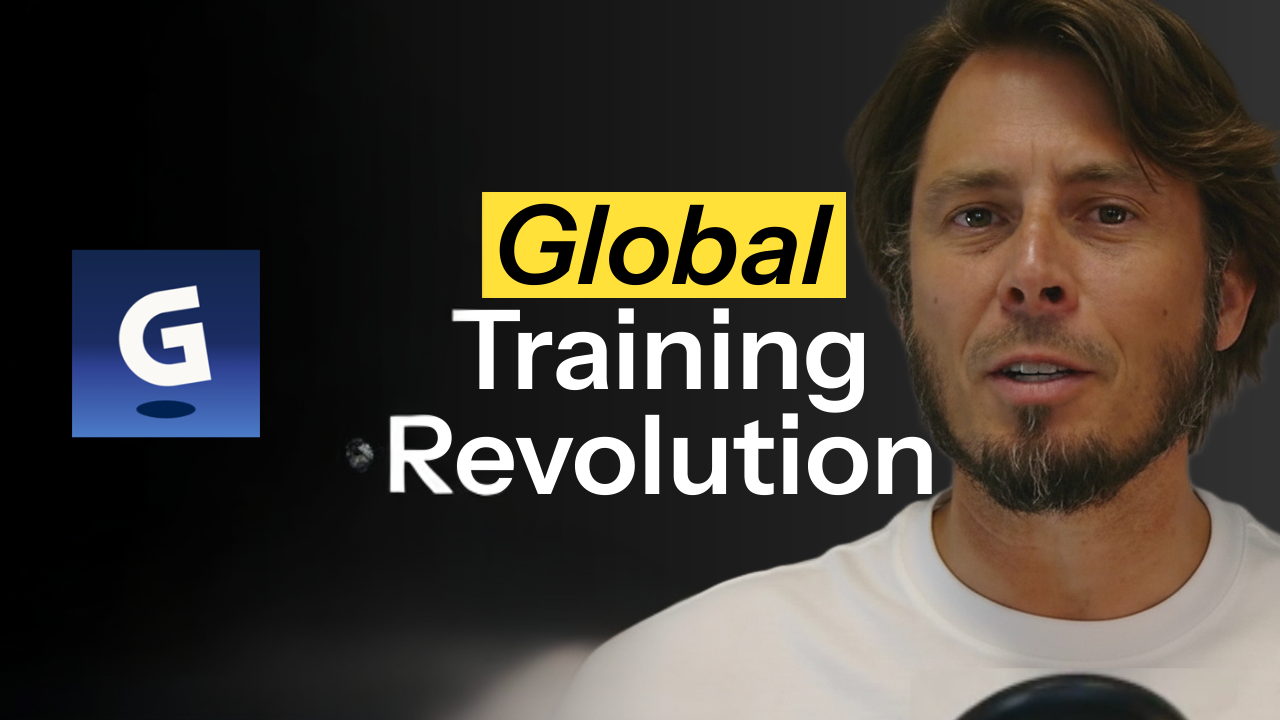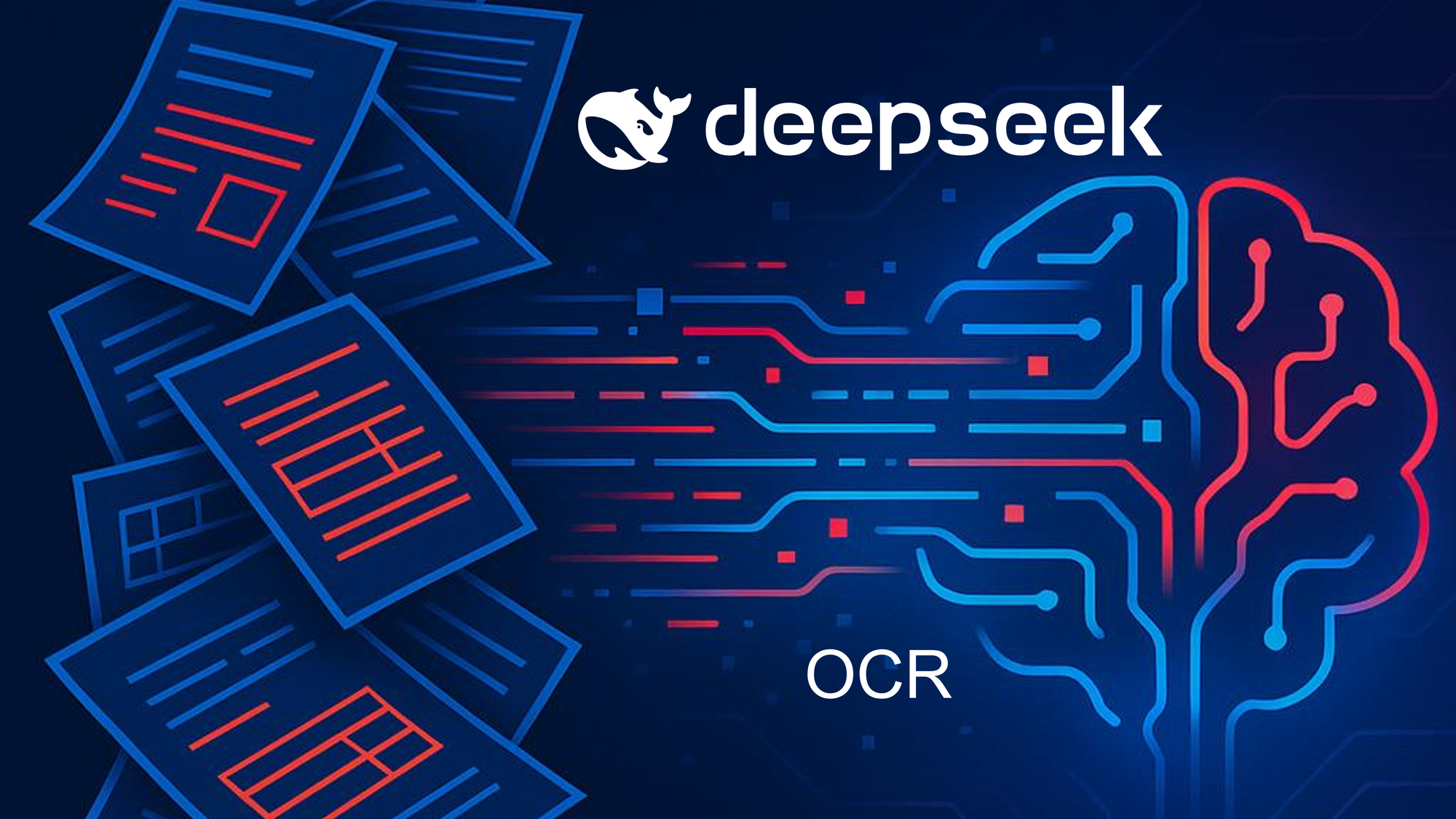Get More edge, without the Hype!
Executive Summary (Under 1 Minute Read)
Prompts are your most underrated tool—one well-crafted sentence can surface hidden customer pain or reveal operational blind spots in record time. Great prompting isn’t just efficient—it’s transformative. The real leadership leap? Shift from “AI will save us time” to “Our prompts keep us three steps ahead of problems and competitors.”
- Game-Changer: Minor prompt tweaks can completely change the quality of AI outputs, sometimes revealing what manual review would never uncover.
- Immediate Action: Don’t just automate. Experiment with offbeat prompts, document surprises, and invite team input to spark innovation.
- Key Principle: Clarity, context, constraints, and iteration aren’t just best practices—they’re how you turn your CX, Contact Centre or BPO operations into a perpetual innovation lab.
1. Introduction: Why Prompts Matter for Execs
It’s not the “smarts” in the AI, but the creativity in your prompts that transforms operations. A carefully worded prompt can discover process failures or new best practices in minutes, sometimes before anyone on your team even senses the issue. Executives who constantly experiment and refine prompts set their organisations apart, moving from passive reporting to active discovery.

Also refer to our in-depth AI Prompting Playbook.
2. Defining Prompts: From Concept to Practical Use
A prompt is an instruction to an AI, yes—but more importantly, it’s a test of what you notice, suspect, or want to explore. Try asking:
- “Show me the five tickets where angry customers became satisfied on the same call—what changed?”
- “List out-of-hours escalations this month that triggered positive feedback.”
The best prompts generate “aha!” moments you wouldn’t reach through routine analysis.
3. Core Prompt Elements
- Clarity: Sharp, direct prompts prevent wandering AI responses.
- Context: Add specifics to avoid boring, irrelevant output.
- Constraints: Limit words, bullets, or data range; this makes the result actionable.
- Iteration: Treat prompts as a living, evolving tool—keep tightening the loop, chasing those surprising insights.
Example Iteration:
- Initial: “Summarise customer feedback.”
- Enhanced: “In 25 words or fewer, summarise after-hours complaint trends from March calls mentioning ‘waiting’ and ‘confused’.”
4. Strategic Prompt Categories
- Analysis & Diagnosis: Dig up data anomalies or subtle trends.Surprising prompt: “Highlight the week’s least common escalation reasons.”
- Planning & Direction: Spark strategic “leapfrog” improvements.Surprising prompt: “Suggest three process optimisations nobody in the team has tried before.”
- Reporting & Metrics: Rapid, focused executive dashboards highlighting emerging risks or opportunities.Surprising prompt: “Rank all KPIs by biggest positive change since last update—explain likely causes.”
5. Best Practices in Prompt Crafting
- Be Playful, Precise: Try odd or offbeat prompts—you’ll learn fast what resonates or falls flat.
- Link to Outcomes: Frame prompts to chase a measurable result (“What’s one thing agents did that cut call time this week?”).
- Iterate Relentlessly: The weirdest prompt you try may be the one that blows open a new understanding.
- Maintain a ‘Prompt Journal’: Track wins, flops, and the surprises in between—this is the raw material of innovation.
- Secure by Default: Be bold with ideas, but conservative with data: never include real customer details in prompt experiments.

Also refer to our review of the top tools making prompting easier for CX leaders.
6. AI in CX: Executive Lens
Prompts turn your operations into a "controlled" innovation lab:
- Proactive Discovery: Pattern-hunt for problems you haven’t named.
- Operational Agility: Test wild or “what-if” prompts to generate new process improvements.
- Surprising Wins: Ask for the odd outlier (“Show calls flagged both ‘resolved’ and ‘frustrated’”)—these reveal process quirks or breakthrough agent tactics.
7. Human-AI Collaboration Hacks
Blending Human Instinct with AI Firepower. Go beyond “plug and play” AI. Pair agent or manager intuition with strategic prompting to surface richer insight and more robust solutions.
- Co-Prompting: Agents draft prompts based on daily pain points; executives refine for clarity and context; teams review together. This cycle improves results and boosts buy-in.
- Cross-Training: Rotate prompt-writing responsibility. Sometimes, a frontline agent’s prompt (“What’s missing from agent notes during churn spikes?”) uncovers a management blind spot.
- Joint Review Sessions: Schedule biweekly “prompt huddles”—teams discuss, debate, and refine active prompts, voting on which to systematise, experiment with, or retire.Result: Faster iteration, inclusive innovation, and a safe space for “what-if” questions that keep your AI honest and human-centric.
8. Prompt Fails & Surprises Hall of Fame
Where Innovation Begins with “Oops” and “Wow”:
Some of the most powerful advances come from prompts that didn’t go as planned, or delivered something nobody expected. Share these to build a culture of curiosity, not just perfection.
- Hall of Fame Prompt #1: Prompt: “Summarise ‘unusual’ mood shifts in agent notes last month.”Outcome: AI flagged a Friday spike—traced not to call volume, but an overlooked IT system outage.
- Hall of Fame Prompt #2: Prompt: “List top positive and negative keywords from agent chat logs.”Surprise: “Quiet” appeared as both a top positive and negative word, revealing ambiguity in sentiment that led to an improvement in agent responses.
Lesson: Every quirky result is a doorway: review, iterate, share, and let curiosity compound.
9. The Prompt Sprint: Rapid-Fire Innovation Workshop
Sometimes the fastest way to a breakthrough is a time-boxed chaos session. Gather a few execs, ops leaders, and frontliners; pick a challenging business problem; and run a 20-minute Prompt Sprint:
- Define the pain point (e.g., “Sudden drop in customer satisfaction this week.”)
- Generate 10–20 bold, weird, or wildcard prompts in under 10 minutes. Example: “Simulate what would happen if every irate caller got a direct line to our CEO overnight.”
- Test the three wildest prompts live in the AI tool.
- Debrief on why specific prompts were insightful or not. Document all surprises in your prompt journal.
- Action: Assign follow-ups or roll out winning prompts to targeted teams.
- Bonus: Incentivise the most creative prompt with a fun award (“Chief Provocateur of the Month”).
10. Governance & Security
Innovation with Guardrails:
- Experiment often—anonymise and categorise data before prompting.
- Keep a log of who ran which prompt and when (prevents “prompt drift” that could reveal sensitive patterns).
- Encourage managers to review, challenge, and improve experimental prompts for compliance and creativity.
11. Implementation Roadmap
- Assessment: Go beyond KPIs—hunt for processes where surprises can move the needle.
- Pilot Fast: Test creative prompts in low-impact areas and escalate winners.
- Scale the Hits: When a prompt reveals hidden value, systematise it and roll it out.
- Team Training: Teach stakeholders not just how to prompt, but how to think curiously—and share their biggest surprises.
12. Measurement & ROI
- Surprise Signals: Track not only time saved but the number of unexpected wins (“We fixed X just by asking the right question!”).
- Story-Driven Metrics: Collect stories of “prompt wins” and share them—these drive buy-in far better than mere stats.
- Missed Opportunities: When a pilot fails, document why—these lessons fast-track your next innovation.
13. Common Pitfalls to Avoid
- Prompt Monotony: Only asking what you’ve always asked delivers the insights you’ve always had.
- Security Blind Spots: Overconfidence in “harmless” prompts—review and anonymise aggressively.
- Iteration Paralysis: Waiting for “perfect” prompts—instead, ship and refine based on early surprise findings.
- Stakeholder Resistance: Failing to celebrate “what-if” wins makes widespread adoption harder later.
14. FAQs for Busy Execs
How daring should my prompts be?
Very—as long as you anonymise and keep it secure, the bolder, the better for breakthrough insight.
How do I scale discoveries?
Document “unusual” prompts that work and encourage team-wide experimentation.
What do I do with results that surprise—or contradict intuition?
Investigate further. The best learnings often emerge from what seems offbeat or counter to expectations.
15. Conclusion: Next Steps
Treat every prompt as a question only your team could ask. Cultivate a “curiosity-first” mindset—where questions that deliver surprising, helpful answers become your competitive edge. Inspire your team to prompt boldly and learn fast—set the pace for the entire industry.
Immediate Challenge:
Write (and share) the most unexpected, sharply focused prompt you can imagine for your operations right now. Track the results. Surprise yourself, then scale your insight.
Furthermore:
- Secure by Default: Be bold with ideas, but conservative with data: never include real customer details in prompt experiments.
- Maintain a ‘Prompt Journal’: Track wins, flops, and the surprises in between—this is the raw material of innovation.
- Iterate Relentlessly: The weirdest prompt you try may be the one that blows open a new understanding.
- Link to Outcomes: Frame prompts to chase a measurable result (“What’s one thing agents did that cut call time this week?”).
- Be Playful, Precise: Try odd or offbeat prompts—you’ll learn fast what resonates or falls flat.







![Werner [1010]](/content/images/2025/08/LI-Profile-Picture--4--1-1.png)








